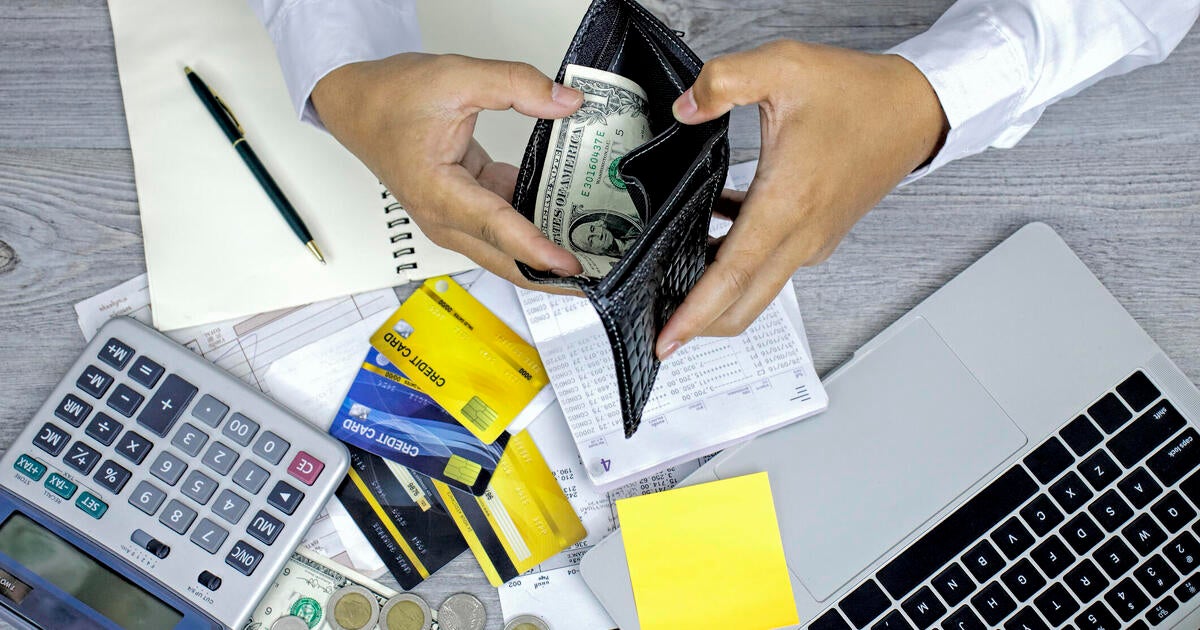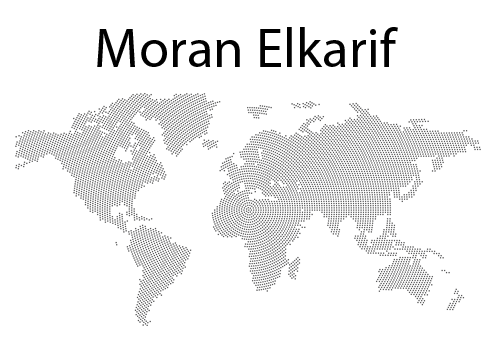We may receive commissions from some links to products on this page. Promotions are subject to availability and retailer terms.

Assoonas/Getty Images
Credit card debt can spiral out of control faster than you may realize, especially in today’s high-rate environment. With the average credit card interest rate hovering around 23% and retail store cards carrying rates closer to 30%, even a small balance can quickly compound, so what might have started as a few necessary purchases can turn into a major issue over time. And, if you don’t find a solution quickly, the increasing interest charges and growing debt can make it harder to escape with each passing month.
High rates aren’t the only problem right now, though. While inflation has cooled from recent highs, it’s ticking back up quickly. That, in turn, is leaving many people with less disposable income to put toward their credit card balances. The higher costs for essentials like groceries, gas and rent also mean that more people are relying on credit cards just to get by, deepening their financial struggles. As a result, many cardholders are now barely chipping away at the principal balance they owe while interest continues to accrue.
Given today’s economic hurdles, it can be helpful to understand how much of your paycheck should go toward paying off your credit card debt. Without a clear strategy, it’s easy to remain in debt for years on end — but having a repayment plan in place that balances aggressive debt reduction with your other obligations can help you avoid this type of long-term financial strain.
Speak to a debt relief expert about your options now.
How much of your paycheck should go to credit card debt?
A good rule of thumb is to allocate at least 20% of your paycheck to paying down debt, including your credit card balances. This recommendation comes from the popular 50/30/20 budgeting rule, which suggests spending 50% of your income on necessities, 30% on discretionary expenses and 20% on savings and debt repayment. However, this is merely a suggestion. The percentage of your paycheck that should go toward credit card debt depends on several factors, including:
Your total debt burden: If credit cards represent just one type of debt among others, you’ll need to balance these obligations. Still, credit card interest rates are typically much higher than other loans, so they should generally receive the largest portion of your debt repayment budget.
Your essential expenses: After accounting for necessities like housing, food, utilities and transportation, determine how much of the remaining funds can realistically go toward debt. If you’re stretched thin covering basics, you may need to look for expenses to cut or ways to increase income.
The severity of your debt situation: For those with significant credit card debt relative to their income, more aggressive action may be necessary. In extreme cases, committing 30% or more of take-home pay toward credit card debt might be appropriate until the balances are under control.
Your emergency fund status: While paying down debt is crucial, maintaining a small emergency fund prevents new debt accumulation when unexpected expenses arise. Once high-interest debt is eliminated, you can build this fund more substantially.
Take steps to eliminate your high-rate credit card debt today.
What to do if you can’t afford your credit card debt
If you find yourself unable to make meaningful progress on your credit card debt despite your best efforts, several options exist:
- Balance transfer cards: If your credit score is reasonably strong, transferring high-rate balances to a card offering a 0% introductory APR period (typically 12-21 months) can provide breathing room.
- Debt consolidation loans: A debt consolidation loan with a fixed interest rate can simplify multiple credit card payments into one predictable monthly payment, often at a lower overall interest rate.
- Debt management plans: Credit counseling agencies can work with creditors to reduce your interest rates and establish a structured repayment plan. These plans usually involve a small monthly fee but can significantly reduce the financial strain of high-interest debt.
- Debt settlement: Debt relief companies can negotiate with your creditors to try and lower the full amount owed, saving you between 30% and 50% of your total balance on average.
- Bankruptcy: In severe cases where debt has become truly unmanageable, bankruptcy may provide a fresh start. Chapter 7 can eliminate most unsecured debts including credit cards, while Chapter 13 establishes a repayment plan over multiple years.
The bottom line
Prioritizing credit card debt repayment is one of the smartest financial moves you can make, especially in today’s high-rate environment. While committing 20% of your take-home pay toward this debt represents a reasonable starting point, your specific situation may require adjustments to this guideline. While the path to becoming debt-free requires discipline and often sacrifice, the financial freedom and peace of mind that await on the other side make the journey worthwhile. So whether you’re able to commit a significant portion of your income to accelerate your debt payoff or need to explore alternative solutions, taking consistent action is what matters most.
Angelica Leicht is senior editor for Managing Your Money, where she writes and edits articles on a range of personal finance topics. Angelica previously held editing roles at The Simple Dollar, Interest, HousingWire and other financial publications.









